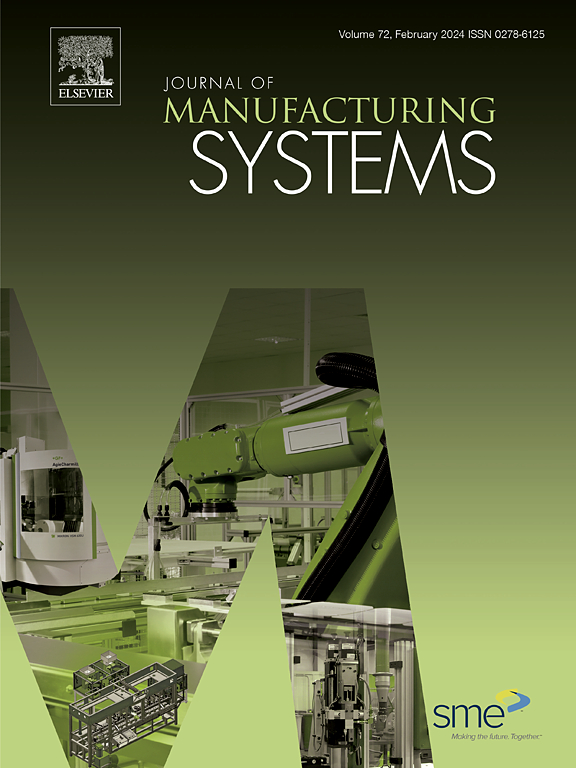Multi-view fully connected graph to fuse multi-sensor signals for mechanical equipment remaining useful life prediction
IF 14.2
1区 工程技术
Q1 ENGINEERING, INDUSTRIAL
引用次数: 0
Abstract
Accurate remaining useful life prediction is essential for enhancing equipment reliability and optimizing maintenance strategies. However, existing methods struggle to effectively integrate multi-sensor data while quantifying uncertainty. To address these challenges, a multi-view fully connected graph neural network is proposed for multi-sensor mechanical equipment remaining useful life prediction. Firstly, local fully connected graphs and global graphs are constructed to comprehensively characterize the multi-view spatial correlations from global and local views. Meanwhile, the graph convolution operations are performed on local and global graphs to extract the intricate spatial dependencies within multi-sensor signals. Then, the learned multi-view spatial representations are fed into the temporal convolutional network to capture the temporal dependencies across sensor timestamps. Finally, a joint optimization network is developed to simultaneously predict the remaining useful life and its associated prediction interval, enabling uncertainty quantification. Extensive experiments on two multi-sensor monitoring degradation datasets demonstrate the superior performance of the proposed model, offering valuable technical support for predictive maintenance.
多视图全连通图融合多传感器信号,预测机械设备剩余使用寿命
准确的剩余使用寿命预测对于提高设备可靠性和优化维护策略至关重要。然而,现有的方法很难有效地整合多传感器数据,同时量化不确定性。针对这些问题,提出了一种多视图全连接图神经网络,用于多传感器机械设备剩余使用寿命预测。首先,构建局部全连通图和全局图,综合表征全局和局部视图的多视图空间相关性;同时,对局部图和全局图进行卷积运算,提取多传感器信号中复杂的空间依赖关系。然后,将学习到的多视图空间表示输入到时间卷积网络中,以捕获传感器时间戳之间的时间依赖性。最后,建立了一个联合优化网络,同时预测剩余使用寿命及其相关预测区间,实现了不确定性量化。在两个多传感器监测退化数据集上的大量实验证明了该模型的优越性能,为预测性维修提供了有价值的技术支持。
本文章由计算机程序翻译,如有差异,请以英文原文为准。
求助全文
约1分钟内获得全文
求助全文
来源期刊

Journal of Manufacturing Systems
工程技术-工程:工业
CiteScore
23.30
自引率
13.20%
发文量
216
审稿时长
25 days
期刊介绍:
The Journal of Manufacturing Systems is dedicated to showcasing cutting-edge fundamental and applied research in manufacturing at the systems level. Encompassing products, equipment, people, information, control, and support functions, manufacturing systems play a pivotal role in the economical and competitive development, production, delivery, and total lifecycle of products, meeting market and societal needs.
With a commitment to publishing archival scholarly literature, the journal strives to advance the state of the art in manufacturing systems and foster innovation in crafting efficient, robust, and sustainable manufacturing systems. The focus extends from equipment-level considerations to the broader scope of the extended enterprise. The Journal welcomes research addressing challenges across various scales, including nano, micro, and macro-scale manufacturing, and spanning diverse sectors such as aerospace, automotive, energy, and medical device manufacturing.
 求助内容:
求助内容: 应助结果提醒方式:
应助结果提醒方式:


